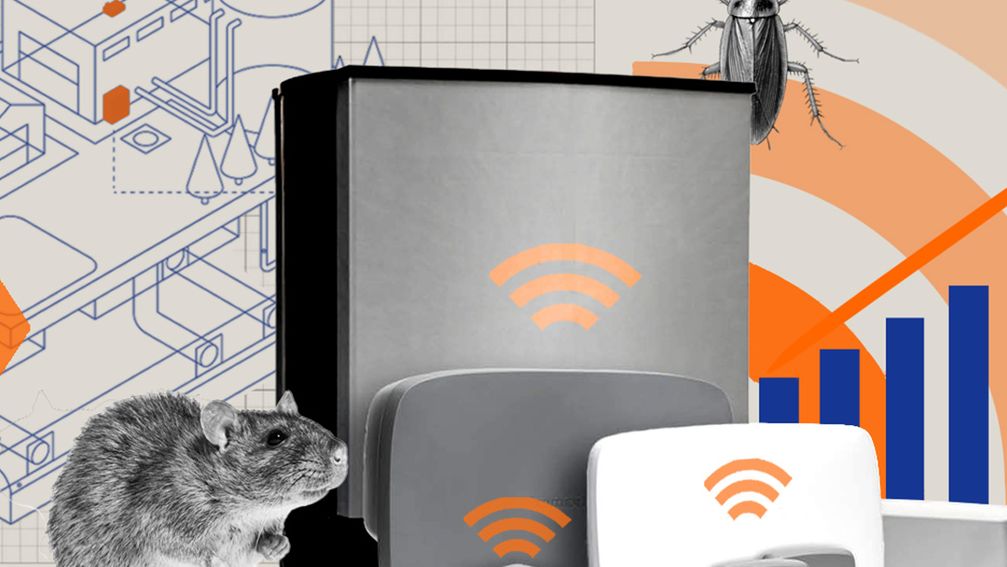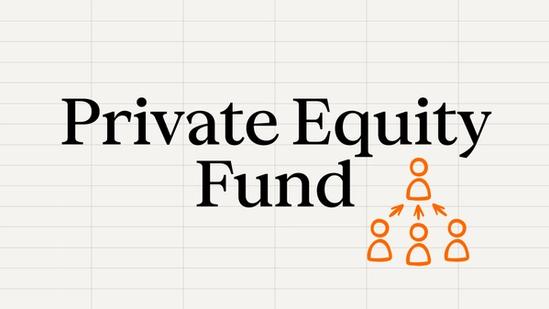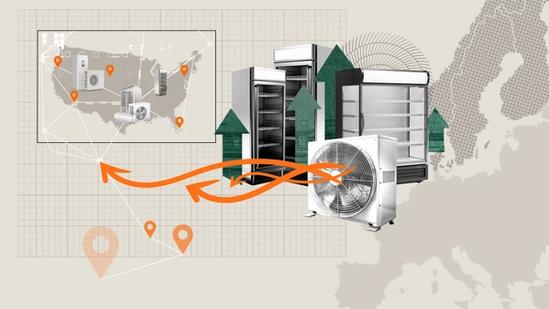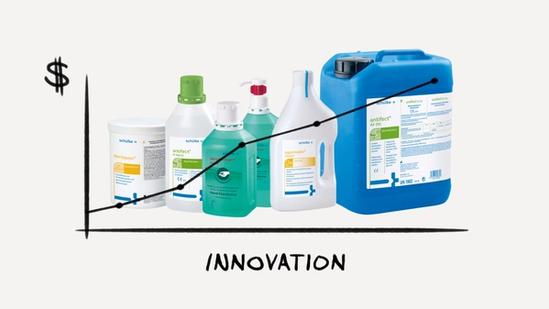How EQT Took Anticimex From Nordic Player to Global Pest Control Giant


EQT has owned Anticimex since 2012 and turned a Nordic champion into a global leader in pest control.
- EQT first invested in Nordic champion Anticimex in 2012, transforming operational performance and turbocharging merger and acquisition capabilities.
In the spring of 2021, global pest control leader Anticimex prepared to list in one of Scandinavia’s most hotly anticipated IPOs.
EQT had owned the business since 2012, taking the company from a regional player to a world leader. Anticimex had delivered 19 percent compound annual revenue growth and 29 percent compound annual EBITA growth, a measure of profitability, between 2011 and 2020, with no signs of slowing down.
All funds have a lifespan however, and EQT’s sixth flagship fund had already held Anticimex for far longer than typical for private equity. “We had a fairly advanced plan to list in Nasdaq Stockholm, until just a few weeks before the final board meetings,” recalls Jarl Dahlfors, then Anticimex’s CEO, now its Chair.
As the EQT team prepared to launch a new long-hold impact strategy, they asked: What if Anticimex became their first portfolio company? It was a perfect fit, meeting all their investment criteria – proven success, a clear growth trajectory and the potential to drive an industry-wide sustainability transformation.
Dahlfors and the management team were more than happy with the proposal. “There was 100 percent agreement that we would prefer to continue with EQT,” he says. “There is a longer-term view: it’s less financial engineering and more true value creation.”
In November 2021, EQT Future acquired a controlling stake in Anticimex, leading a consortium of investors – many of whom had participated under the previous fund. Additionally, major investors like Schörling AB joined for the first time. The transaction valued Anticimex at SEK60bn ($6bn).
Against Bedbugs
It’s not hard to see what first attracted EQT to Anticimex in 2012. Pest control is a booming industry, outstripping global GDP growth to expand around 6 percent per year, with climate change and urbanization increasing pest prevalence, while expanding middle classes and stricter regulations decrease pest tolerance.
It is particularly attractive to investors because of stable, recurring contract revenues – regardless of recessions, pests keep coming back – and healthy margins. Crucially, the industry is also fragmented, with thousands of small operations, making it ripe for consolidation.
Anticimex, which means “against bedbugs” in Latin, stood out as a future leader. Dahlfors, who joined as CEO in 2015, reflected on why he took the job. “It was a strong Swedish brand but virtually unknown outside of the Nordics. It had been operating at pretty much the same profit margin for a long time and, comparing it with international benchmarks, I realized this company could do better.”
Unleashing Anticimex’s potential began with doubling down on the core while divesting from legacy business interests like washroom, textiles and entry carpets, and working with Dahlfors, EQT and a revamped management team to implement a decentralized branch model.
“The biggest difference between Anticimex and some of our competitors is that we are extremely close to our customers, and that’s the whole reason for the branch model: the only way to be close to the customer is to have decisions made on the front line,” Dahlfors explains.
Bolt-on Deals
Anticimex has fueled growth through M&A, making more than 400 acquisitions since 2012. Bolt-on acquisitions target firms operating along existing driver routes, thereby increasing efficiency, customer density and margins.
“EQT really turbocharged M&A,” says Jolin Holmgren, an EQT director who works with the business. “We had deal experience from other service companies which we provided to the team, building up their capability over time.”
“Today, they’re self-sourcing deals, doing 40 to 50 deals a year, all in-house.”
Anticimex’s larger platform acquisitions also enabled expansion into Asia-Pacific and North America, and the firm now has operations in 21 countries. The US – overwhelmingly the world’s largest pest control market – today accounts for roughly 40 percent of revenues.
SMART Traps
The key difference between EQT Future and the earlier strategies is an increased focus on Anticimex’s sustainability proposition, alongside returns, particularly its impact on nature.
“We invest in scaling ‘dark green’ companies with highly impactful and sustainable ideas,” explains Holmgren.
EQT Future supported Anticimex make traditional pest control more sustainable, for example by appointing a Chief Biology Officer and introducing a biodiversity matrix to minimize harm to local ecosystems from treatments.
“It has been a journey of embedding sustainability into their DNA – educating the entire workforce, down to the technicians, to understand why it matters,” Holmgren explains.
Nowhere is this transformation more evident than in Anticimex’s SMART digital pest control solution, which is biocide-free and allows real-time monitoring of infestations.
Essentially, SMART transforms pest control from a reactive process – where Anticimex technicians conduct routine inspections or respond after a customer detects an issue – into a proactive and preventative model. By leveraging a network of connected sensors and non-toxic traps, SMART detects and addresses pest activity in real-time, continuously reporting data to a centralized SMART hub for swift and efficient intervention.
This has had major financial benefits alongside a nature-positive impact. On average, customer contracts are 30 percent larger, gross profit margins are 10 percent higher, and cancellation rates are half those of traditional pest control. In addition, hazardous biocides are reduced by up to 100 percent. EBITA is around SEK3.6bn ($360mn)
Under EQT Future, the company has accelerated the rollout of SMART. By early 2025, the number of installed SMART devices had surpassed 525,000, a significant increase from around 200,000 at the end of 2021. Now accounting for approximately 14 percent of Anticimex’s revenues, SMART has been growing at an annual rate above 25 percent since EQT Future’s investment.
Riding with the Winner
When EQT Future’s eight-year holding period concludes in 2029, Anticimex is aiming to be even bigger, better and more sustainable.
“Transforming an entire industry and scaling something new obviously takes time,” Holmgren says. “Anticimex is performing so well that an exit is not on the horizon. We continue to ride with our winners.”
ThinQ by EQT: A publication where private markets meet open minds. Join the conversation – [email protected]
On the topic ofCase Study
Exclusive News and Insights Every Week
Sign up to subscribe to the EQT newsletter.




